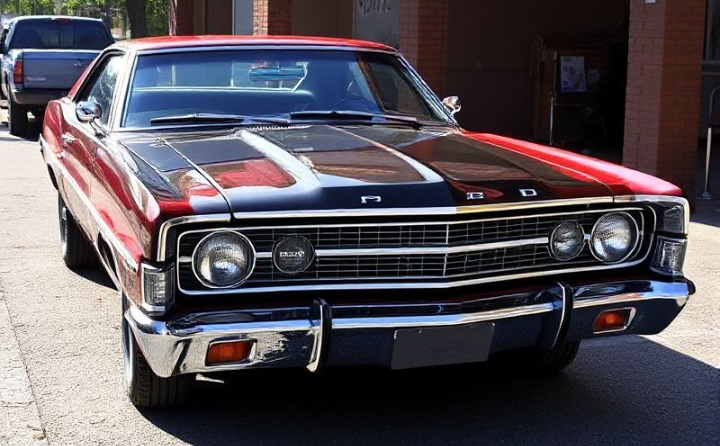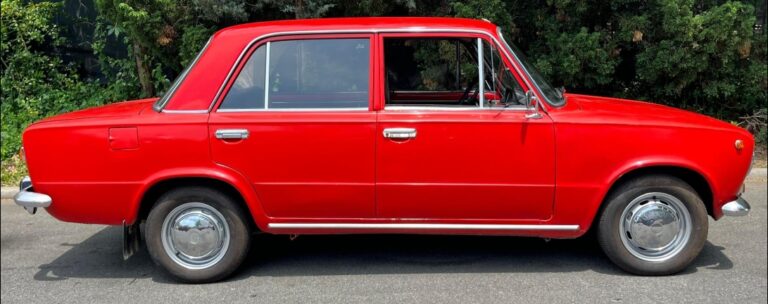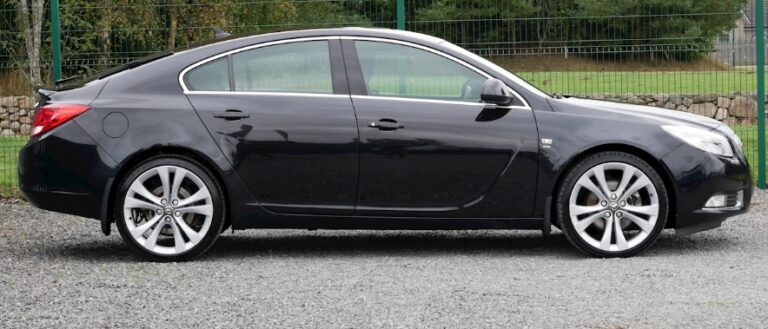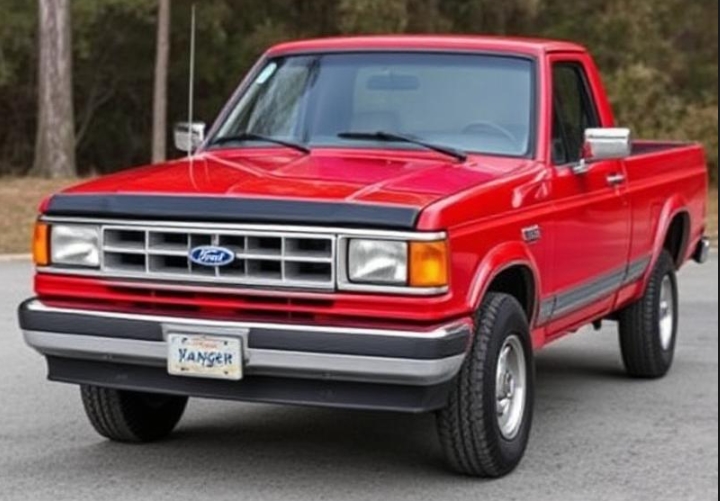The Evolution of the Citroën Dyane
The Citroën Dyane holds an important place in automotive history as a practical, economical, and innovative small car that exemplified Citroën’s engineering philosophy during the 1960s and early 1970s. Introduced as a successor to the iconic Citroën 2CV, the Dyane was designed to address the shortcomings of its predecessor while maintaining the core principles of simplicity, affordability, and versatility. This article traces the development of the Citroën Dyane, detailing its production timeline, models, and trim levels.
Origins and Development (Late 1950s – Early 1960s)
The late 1950s and early 1960s marked a period of rapid growth and innovation in European automotive markets. Citroën, renowned for its inventive engineering, sought to replace its aging 2CV with a more modern, comfortable vehicle. The result was the Dyane, developed as an evolution rather than a radical redesign, with the goal of appealing to a broader demographic.
Predecessor: Citroën 2CV
Before the Dyane, the 2CV was introduced in 1948 and became a symbol of affordable motoring. Its simplistic design, minimalistic features, and remarkable economy made it popular across Europe. However, by the early 1960s, the 2CV’s aging design and limited comfort prompted Citroën to develop a successor that retained its fundamental qualities but offered improved features.
Introduction of the Citroën Dyane (1967)
The Citroën Dyane was officially launched in 1967 at the Geneva Motor Show. It was based on the 2CV platform but featured a more modern design, better comfort, and improved practicality. The Dyane was aimed at families and urban drivers seeking an economical yet more refined vehicle.
Design and Engineering Highlights:
- Body Style: Two-door, four-seat hatchback
- Engine: 602 cc flat-twin (boxer) engine, producing approximately 29 horsepower
- Transmission: 4-speed manual
- Suspension: Independent front suspension with trailing arms and a semi-elliptic leaf spring rear suspension
- Unique Features: Enclosed rear wheels for better aerodynamics and weather protection, a more spacious interior, and a rear hatch for increased practicality
Production Timeline (1967–1983)
The Citroën Dyane was produced from 1967 until 1983, spanning over 15 years of continuous production, with several updates and variants introduced during this period.
Key Production Milestones:
- 1967: Launch of the Dyane 6
- Late 1960s: Introduction of various trim levels and special editions
- 1970: Facelift with minor styling updates
- 1974: Introduction of the Dyane 6 Special
- 1978: Release of the Dyane 6 Club
- 1983: Discontinuation of the model, replaced by the Citroën Visa
Throughout its lifespan, the Dyane remained popular in France and other European markets, especially among budget-conscious consumers and rural buyers.
Models and Trim Levels
The Citroën Dyane was offered in multiple models and trim levels designed to appeal to different customer needs. The main variants included:
1. Dyane 6 (Base Model)
- The standard version introduced in 1967
- Basic equipment aimed at affordability
- Available in multiple colors, with minimal interior options
2. Dyane 6 Special (1974)
- Introduced as a more refined version
- Included features like improved upholstery, better trim, and optional extras
- Slightly higher trim level targeting comfort-conscious buyers
3. Dyane 6 Club (Late 1970s)
- Aimed at enthusiasts and more affluent buyers
- Featured upgraded interior, additional equipment, and aesthetic enhancements
- Often included special paint options and trim accents
4. Limited Editions and Variants
- Various special editions were released during the production run, including promotional models, export variants, and regional special editions, often with unique paint schemes or equipment levels.
Mechanical and Design Updates
While the Dyane’s core design remained relatively unchanged, Citroën implemented several updates over the years:
- 1970 Facelift: Small styling tweaks, including revised bumpers and grille design, to modernize the appearance
- Engine Improvements: Slight increases in power and efficiency, with some models featuring better carburetion and tuning
- Interior Upgrades: Enhanced upholstery, dashboard redesigns, and improved instrumentation
- Safety and Comfort: Introduction of front seat belts and better insulation in later models
.
THIS might be a great place to get your new car from!
Or for those who are into the “car flipping” business, here’s an excellent resource for you!

.
The Role of the Citroën Dyane in the Market
The Dyane filled a niche for practical, economical transportation during a period of significant social and economic change in Europe. Its affordability, coupled with innovative features such as the enclosed rear wheels and hatchback design, made it suitable for urban commuting, rural transportation, and small family use.
Despite stiff competition from other small cars like the Renault 4 and Fiat 126, the Dyane maintained a loyal following due to its distinctive character, ease of maintenance, and versatility.
End of Production and Legacy (1983)
By the early 1980s, the Dyane was becoming outdated amidst rapidly advancing automotive technology and changing consumer preferences. Citroën replaced the Dyane with the Citroën Visa in 1983, which offered more modern styling, safety features, and improved performance.
However, the Dyane’s legacy endures among vintage car enthusiasts, collectors, and those appreciating its unique blend of simplicity, ingenuity, and charm. Its production run of over 15 years signifies its importance in the history of small European cars.
Summary of Key Specifications
| Aspect | Details |
|---|---|
| Production Years | 1967 – 1983 |
| Total Units Produced | Approximately 1.2 million |
| Engine | 602 cc flat-twin (boxer) |
| Power | Around 29 horsepower |
| Body Style | Two-door hatchback |
| Transmission | 4-speed manual |
| Notable Variants | Dyane 6, Dyane 6 Special, Dyane 6 Club |
| Key Features | Enclosed rear wheels, hatchback design, economical operation |
Conclusion
The Citroën Dyane represents a significant chapter in European automotive history, exemplifying innovative engineering aimed at providing affordable, practical transportation. Its evolution from 1967 to 1983 reflects a steady commitment to refining its design, comfort, and features, ensuring its place as a beloved classic among automotive enthusiasts. The Dyane’s legacy persists as a testament to Citroën’s inventive approach to small car design and its impact on generations of drivers seeking reliable and economical mobility.







